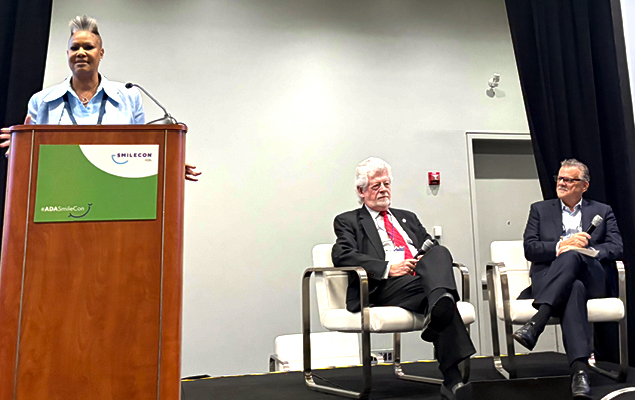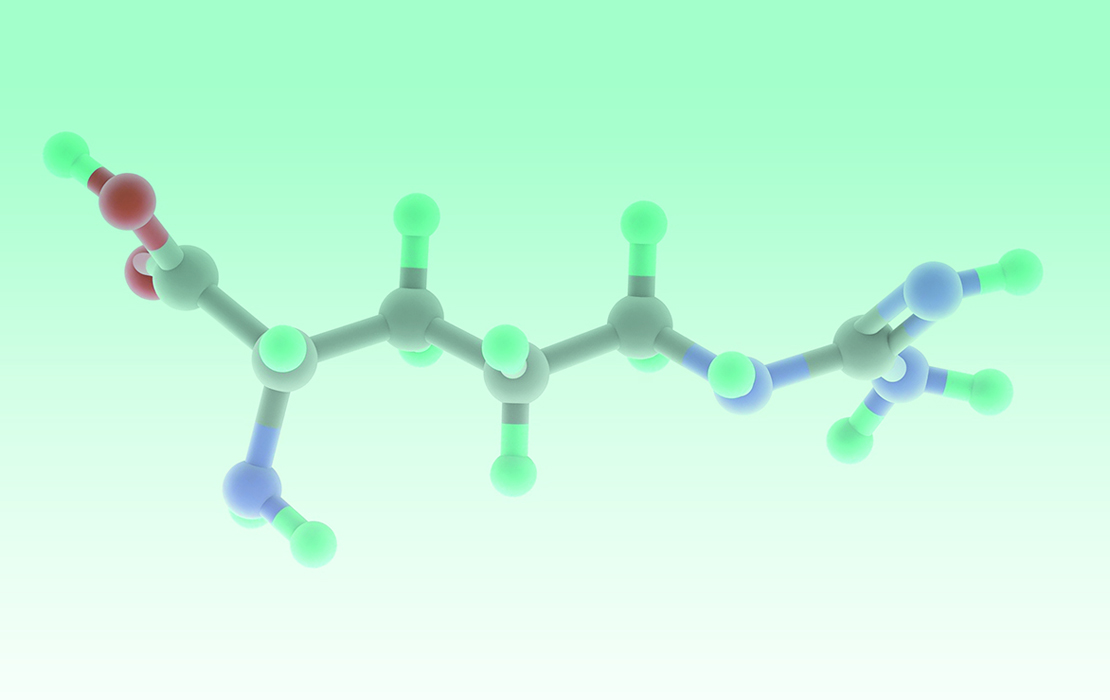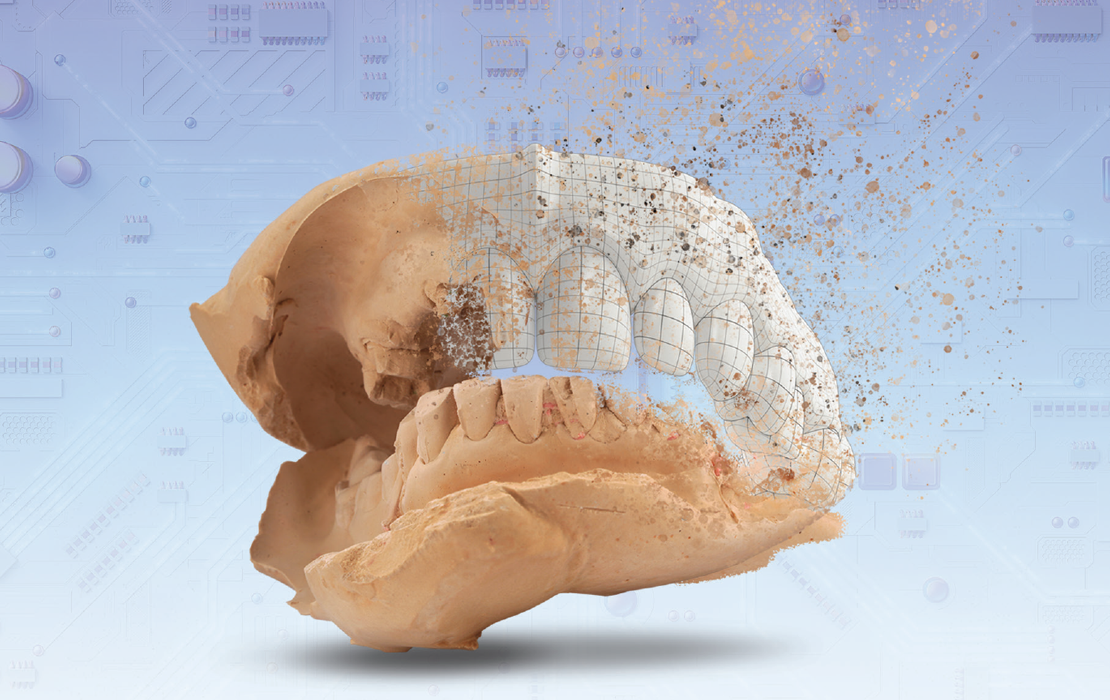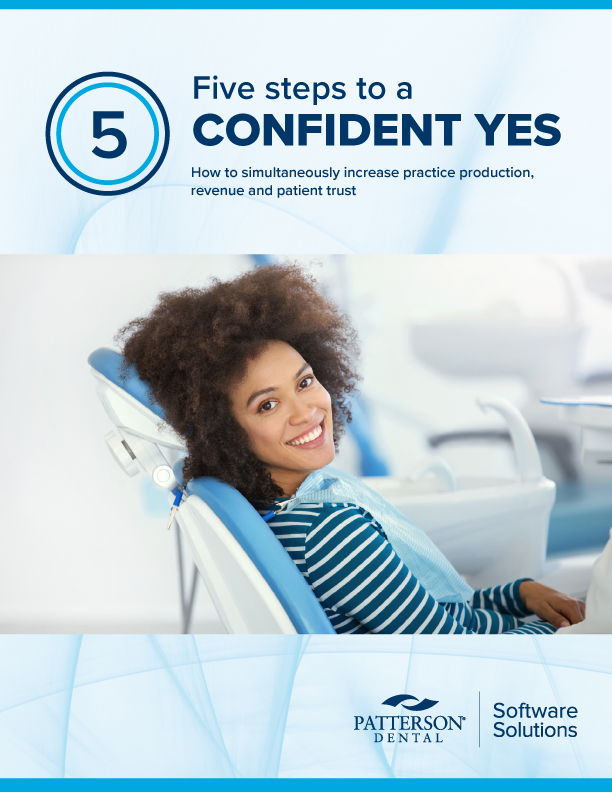An oral-systemic focus for optimal patient care
At Smilecon 2025, a panel discussion took on the challenging topic of connecting the care provided in dental practices with the care provided by medical doctors.

At a thought-provoking SmileCon 2025 panel titled “Mind–Body Connection and Interdisciplinary Care” moderator Hazel Glasper, D.D.S., of Revive Dental, joined Daniel Croley, D.M.D., Chief Dental Officer at Delta Dental of California, and Thomas E. Van Dyke, D.D.S., Ph.D., senior vice president for clinical and translational research at the ADA Forsyth Institute, to explore how dentistry and medicine can bridge the gap that has long divided them.
The discussion centered around a single, pressing idea: oral health is inseparable from overall health, and it’s time for medical professionals, as well as patients, to realize the benefits and opportunities available through understanding the science of inflammatory disease and collaborative care.
Dr. Glasper opened the session with a personal story from early in her career, when a patient fainted after a single carpule of lidocaine. She recalled that her first instinct was to shout for someone to call a doctor because the patient’s immediate problem was not all about oral health.
“I had to sit in that moment and decide—am I just going to care about teeth, or am I going to care about health?” she shared.
That moment led her career to focus on oral-systemic connections, and she suggested this should also be a focus for the future of dentistry.
To start off the discussion, Dr. Glasper asked how we arrived at the present situation where medicine and dentistry are isolated disciplines. Dr. Van Dyke offered historical context, explaining that the split between the two professions was never based on science, but on evolution and tradition. “Dentistry and medicine evolved parallel but separately,” he said.
Dr. Croley added, “I think we’ve also protected ourselves, and isolated ourselves. There hasn’t been a real driver for going outside our four walls.” But he emphasized that true progress requires collaboration, adding, “What we’re talking about from a health standard is getting out and talking with people about health.”
Asked whether perceptions of dentistry are changing, Dr. Van Dyke said he believes they are. “Our profession, for the most part, considers ourselves physicians of the mouth,” he said. “And specialists who deal with inflammatory diseases are starting to recognize the connections to oral health.”
Still, Dr. Croley noted, “Physicians understand the science—but how to act on it is another thing. There’s a lot of work to bring all stakeholders together: the dentist, the physician, and the patient.”
That collaboration could transform dental visits into whole-health preventive encounters, where screenings for systemic conditions become a routine part of oral care. The panelists noted a disconnect in surveys showing that a vast majority of dentists say they provide blood pressure screenings for patient, yet fewer than one-third of patients say they have received a blood pressure screening at the dentist.
Communication remains one of the barriers, the panel agreed. Dr. Croley illustrated how terminology can shape perception: “If I say ‘periodontal disease,’ cardiologists think it’s just dental stuff. But if I say ‘chronic gingival inflammation,’ they say, ‘We need to treat this.’”
Finding a shared language could help both professions coordinate care and create pathways for patients to move easily between the dental chair and the medical office. Dr. Corley pointed to the Healthy Smiles, Healthy Hearts initiative between Delta Dental and the American Heart Association as an example of a concrete step being taken to bridge these gaps.
According to Dr. Van Dyke, controlling inflammation may be the key to strengthening the oral–systemic link.
“The two major oral diseases—caries and periodontal disease—are both bacterial in origin but very different,” he explained. “Caries involves acid-producing bacteria that break down enamel, while periodontitis is primarily an inflammatory response.”
He described dysbiosis—the imbalance of bacteria in the oral microbiome—as both a consequence and a driver of periodontal disease. “If you remove the bacteria, you can control inflammation and prevent dysbiosis. And if you control inflammation through lifestyle changes, you protect the patient systemically,” he said.
Dr. Croley suggested that dentistry could serve as an entry point to the larger healthcare system. “It’s dentistry and all of these aspects of personal health,” he said. “We have to look at the whole person and identify things we can facilitate where dentistry becomes an entry point to care.”
However, systemic screenings in the dental setting raise logistical questions. “How do dentists get compensated for doing systemic health screenings and testing?” Dr. Glasper asked, pointing to reimbursement as another hurdle to integration.
Dr. Glasper emphasized the importance of education—both within the profession and for the public. “Once we’re educated and we understand, then we can educate our patients, and we can elevate who we are in medicine,” she said.
She pointed to organizations like the American Academy for Oral Systemic Health (AAOSH) that are working to teach clinicians about the oral–systemic connection and encourage a more holistic understanding of dental practice. Still she noted that among the challenges is that medical doctors still don’t know how and when to consult with a dentist in order to provide optimal care for their patients.
As the session drew to a close, the panelists agreed that dentistry is in a unique position to help keep people healthy and spot serious conditions early in the disease process, but the ability to work collaboratively with medical doctors is key to making this the norm. The science linking oral health to systemic conditions like cardiovascular disease, diabetes, and even neurodegenerative disorders is becoming impossible to ignore. What remains is for systems, education, and communication to catch up.
“In order to elevate dentistry,” Dr. Glasper concluded, “we have to elevate how we think about the work we do.”



